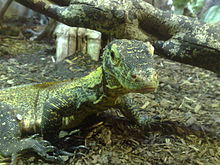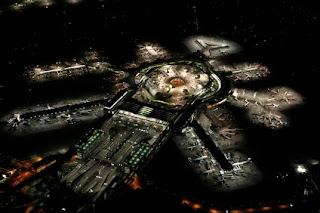The word "queue" is the only word in the English language that is still pronounced the same way when the last four letters are removed. Beetles taste like apples, wasps like pine nuts, and worms like fried bacon. Of all the words in the English language, the word 'set' has the most definitions! What is called a "French kiss" in the English speaking world is known as an "English kiss" in France. "Almost" is the longest word in the English language with all the letters in alphabetical order. "Rhythm" is the longest English word without a vowel. In 1386, a pig in France was executed by public hanging for the murder of a child A cockroach can live several weeks with its head cut off! Human thigh bones are stronger than concrete. You can't kill yourself by holding your breath There is a city called Rome on every continent. Your heart beats over 100,000 times a day! Horatio Nelson, one of England's most illustrious admirals was throughout his life, never able to find a cure for his sea-sickness. The skeleton of Jeremy Bentham is present at all important meetings of the University of London Right handed people live, on average, nine years longer than left-handed people Your ribs move about 5 million times a year, everytime you breathe! The elephant is the only mammal that can't jump! One quarter of the bones in your body, are in your feet! Like fingerprints, everyone's tongue print is different! The first known transfusion of blood was performed as early as 1667, when Jean-Baptiste, transfused two pints of blood from a sheep to a young man Fingernails grow nearly 4 times faster than toenails! Most dust particles in your house are made from dead skin! The present population of 5 billion plus people of the world is predicted to become 15 billion by 2080. Women blink nearly twice as much as men. Adolf Hitler was a vegetarian, and had only ONE testicle. Honey is the only food that does not spoil. Honey found in the tombs of Egyptian pharaohs has been tasted by archaeologists and found edible. Coca-Cola would be green if colouring weren’t added to it. The average lead pencil will draw a line 35 miles long or write approximately 50,000 English words. More people are allergic to cow's milk than any other food. The six official languages of the United Nations are: English, French, Arabic, Chinese, Russian and Spanish. Earth is the only planet not named after a god. Some worms will eat themselves if they can't find any food! The worlds oldest piece of chewing gum is 9000 years old! The longest recorded flight of a chicken is 13 seconds Queen Elizabeth I regarded herself as a paragon of cleanliness. She declared that she bathed once every three months, whether she needed it or not Slugs have 4 noses. A man named Charles Osborne had the hiccups for 69 years! The average person laughs 10 times a day! An ostrich's eye is bigger than its brain |








 5:44 AM
5:44 AM
 infosite
infosite

 Posted in:
Posted in: 




























































